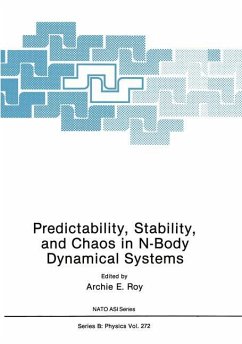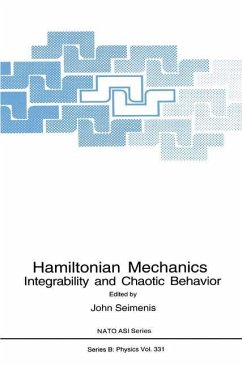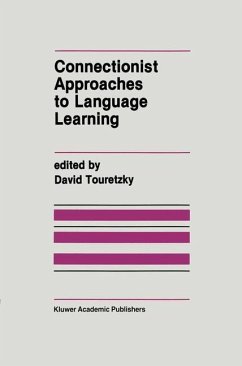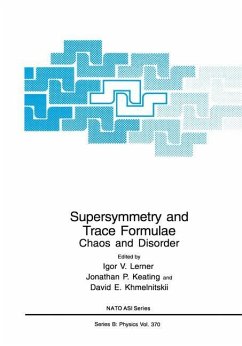
Chaotic Dynamics
Theory and Practice
Herausgegeben von Bountis, T.

PAYBACK Punkte
20 °P sammeln!
Many conferences, meetings, workshops, summer schools and symposia on nonlinear dynamical systems are being organized these days, dealing with a great variety of topics and themes -classical and quantum, theoretical and experimental. Some focus on integrability, or discuss the mathematical foundations of chaos. Others explore the beauty of fractals, or examine endless possibilities of applications to problems of physics, chemistry, biology and other sciences. A new scientific discipline has thus emerged, with its own distinct philosophical viewpoint and an impressive arsenal of new methods and...
Many conferences, meetings, workshops, summer schools and symposia on nonlinear dynamical systems are being organized these days, dealing with a great variety of topics and themes -classical and quantum, theoretical and experimental. Some focus on integrability, or discuss the mathematical foundations of chaos. Others explore the beauty of fractals, or examine endless possibilities of applications to problems of physics, chemistry, biology and other sciences. A new scientific discipline has thus emerged, with its own distinct philosophical viewpoint and an impressive arsenal of new methods and techniques, which may be called Chaotic Dynamics. Perhaps its most outstanding achievement so far has been to shed new light on many long standing issues involving complicated, irregular or "chaotic" nonlinear phenomena. The concepts of randomness, complexity and unpredictability have been critically re-examined and the fundamental importance of scaling, self-similarity and sensitive dependence on parameters and initial conditions has been firmly established. In this NATO ASI, held at the seaside Greek city of Patras, between July 11- 20, 1991, a serious effort was made to bring together scientists representing many of the different aspects of Chaotic Dynamics. Our main aim was to review recent advances, evaluate the current state of the art and identify some of the more promising directions for research in Chaotic Dynamics.














